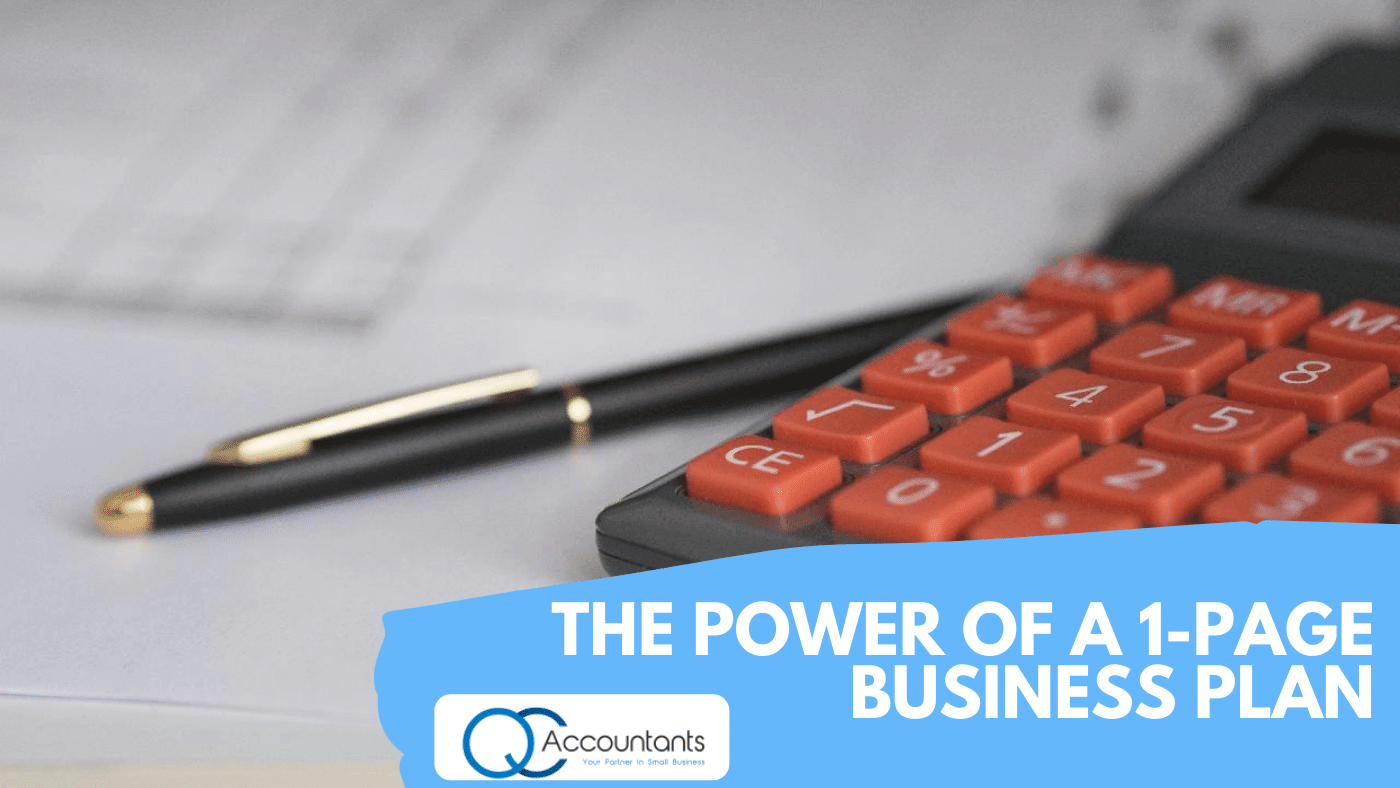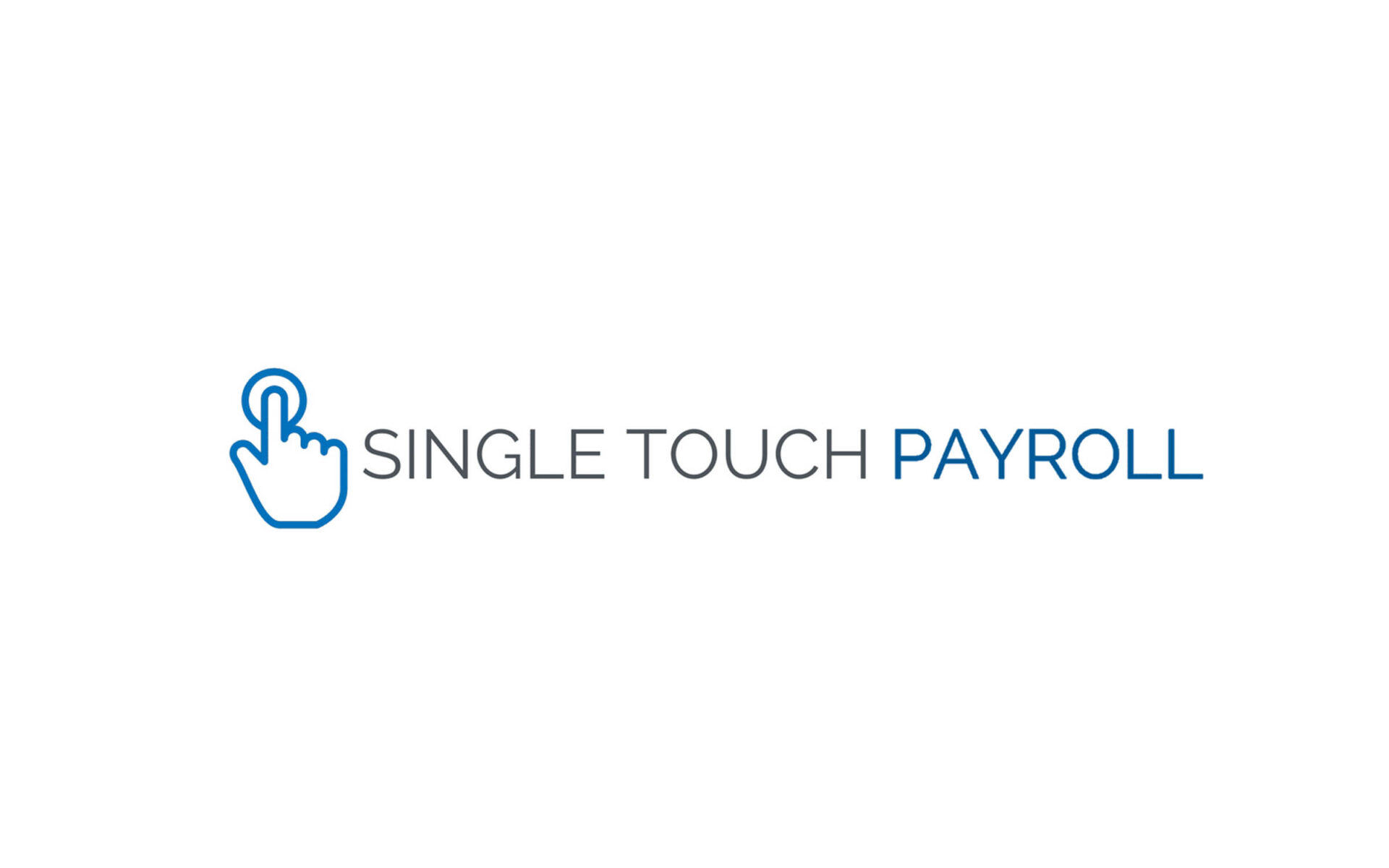How to Keep Electronic Records

Keeping great records is important for every business. It’s tied to legal and tax obligations, but it also allows you to keep track of how your business is performing. In this article we’re going to explore the pros and cons of using an electronic record-keeping system, and what you should consider when choosing one. What […]
The power of a 1-page business plan

A new business idea has sparked in your head, and you are ready to move forward? Or perhaps you have been running your business for a while and thinking of progressing to a different stage? Having a clear direction supported by exact steps is crucial for any business. And that is the exact job of […]
Single Touch Payroll – from the Employers and Employees perspectives

Single Touch Payroll – For Employers & Employees On 1 July 2018 the Australian Taxation Office (ATO) began the rollout of their new ‘more efficient’ system for employers to report their employee’s wages, tax & super (Employee Obligations) information to the ATO. The Summary This system has been labelled as ‘single touch payroll’ as it […]
Car expenses you can claim as an employee

Daily Tax Tips – Are you prepared for 2020?? Day 1 – Car expenses you can claim as an employee! As an employee, you can claim tax deductions for your motor vehicle if you use it for work purposes. These include transporting tools and equipment, travelling between workplaces & travelling away for work (“business kms”). […]







